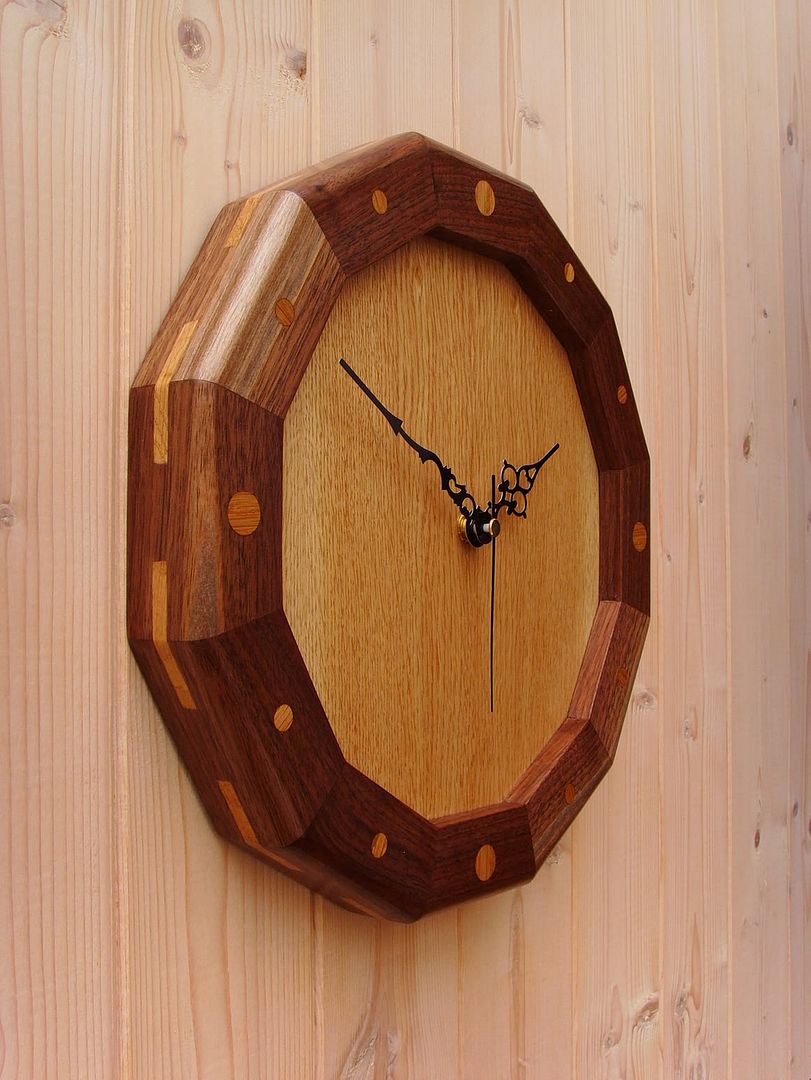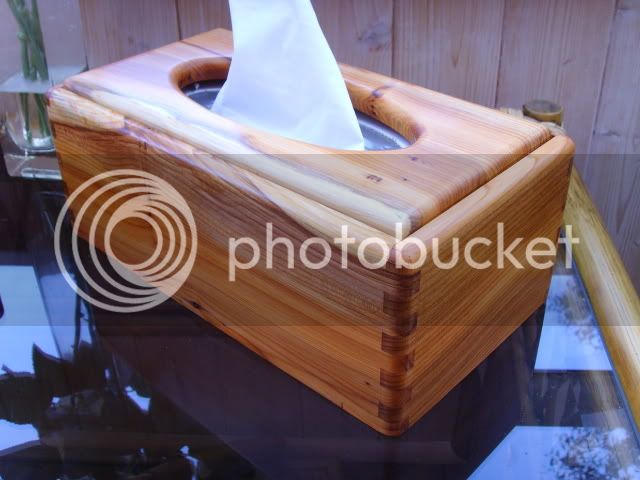dicktimber
Established Member
Do you cut it out and just use the heartwood when making furniture?
What are the rule if there are any?
What are the rule if there are any?

Yes and don't use sapdicktimber":2rih90pi said:Do you cut it out and just use the heartwood when making furniture?
What are the rule if there are any?
Froggy":dobsw101 said:Hi Waterhead,
What's 'PUNKY' mean please?








Ironballs":b0blky56 said:and as you'll have seen Rob's preference is for none
BradNaylor":2mt5zoz1 said:Is he right?
woodbloke":2pab2bau said:If I were to make a piece and accidently include some sap, it would irritate beyond belief :evil:
I knew that was coming Ed :lol: :lol: - RobMr Ed":2cpr6smc said:woodbloke":2cpr6smc said:If I were to make a piece and accidently include some sap, it would irritate beyond belief :evil:
Ah well thats the point, the use of sapwood unintentionally may not be desirable, but used knowingly as a design element of the piece it can make a massive contribution. We work with a natural material that has variation and quirks, to try and reduce it back to a homogenous, even coloured material on every project is to miss an opportunity in my view.
Ed
woodbloke":2pffrb3k said:I knew that was coming Ed :lol: :lol: - RobMr Ed":2pffrb3k said:woodbloke":2pffrb3k said:If I were to make a piece and accidently include some sap, it would irritate beyond belief :evil:
Ah well thats the point, the use of sapwood unintentionally may not be desirable, but used knowingly as a design element of the piece it can make a massive contribution. We work with a natural material that has variation and quirks, to try and reduce it back to a homogenous, even coloured material on every project is to miss an opportunity in my view.
Ed


Enter your email address to join: